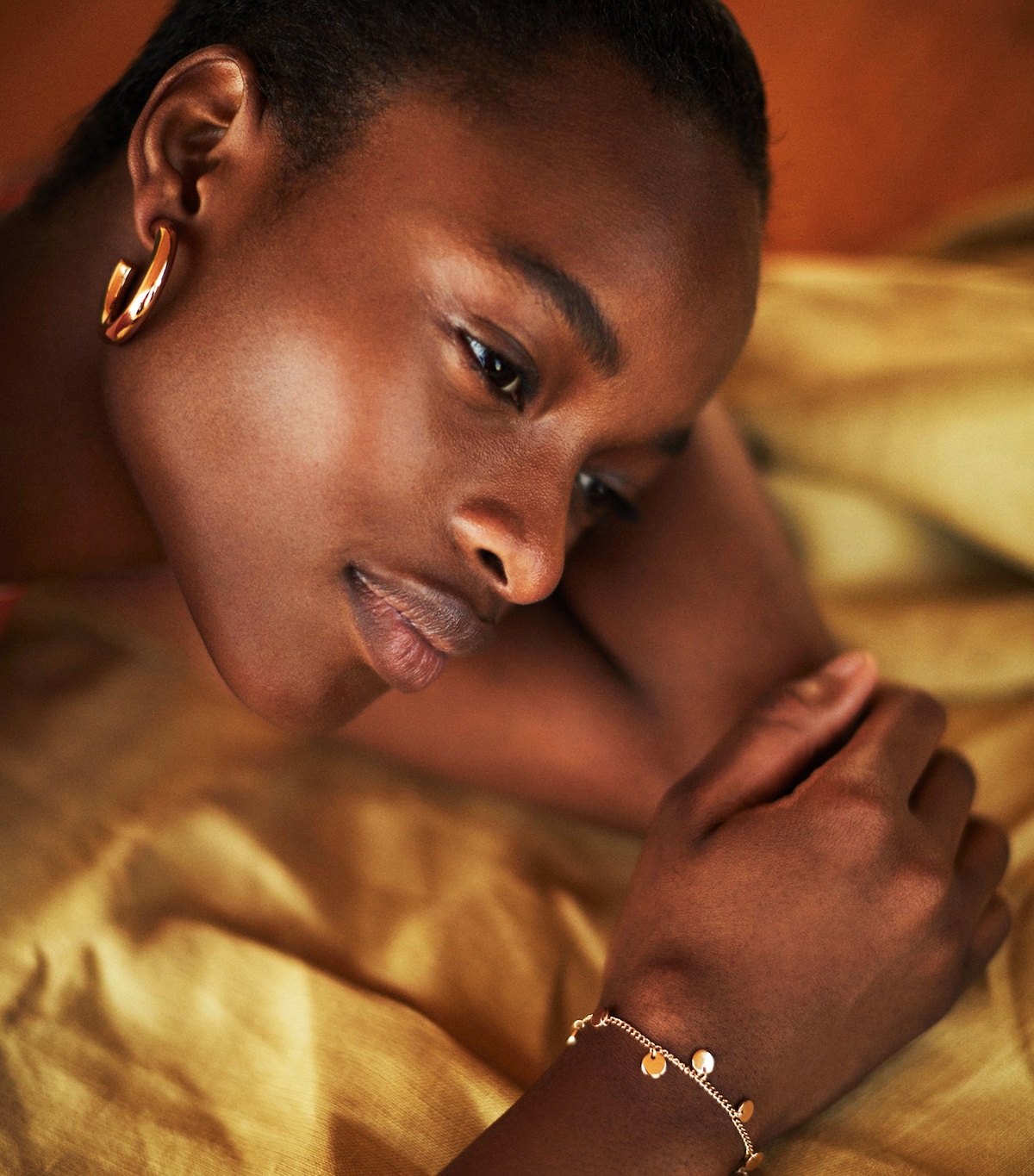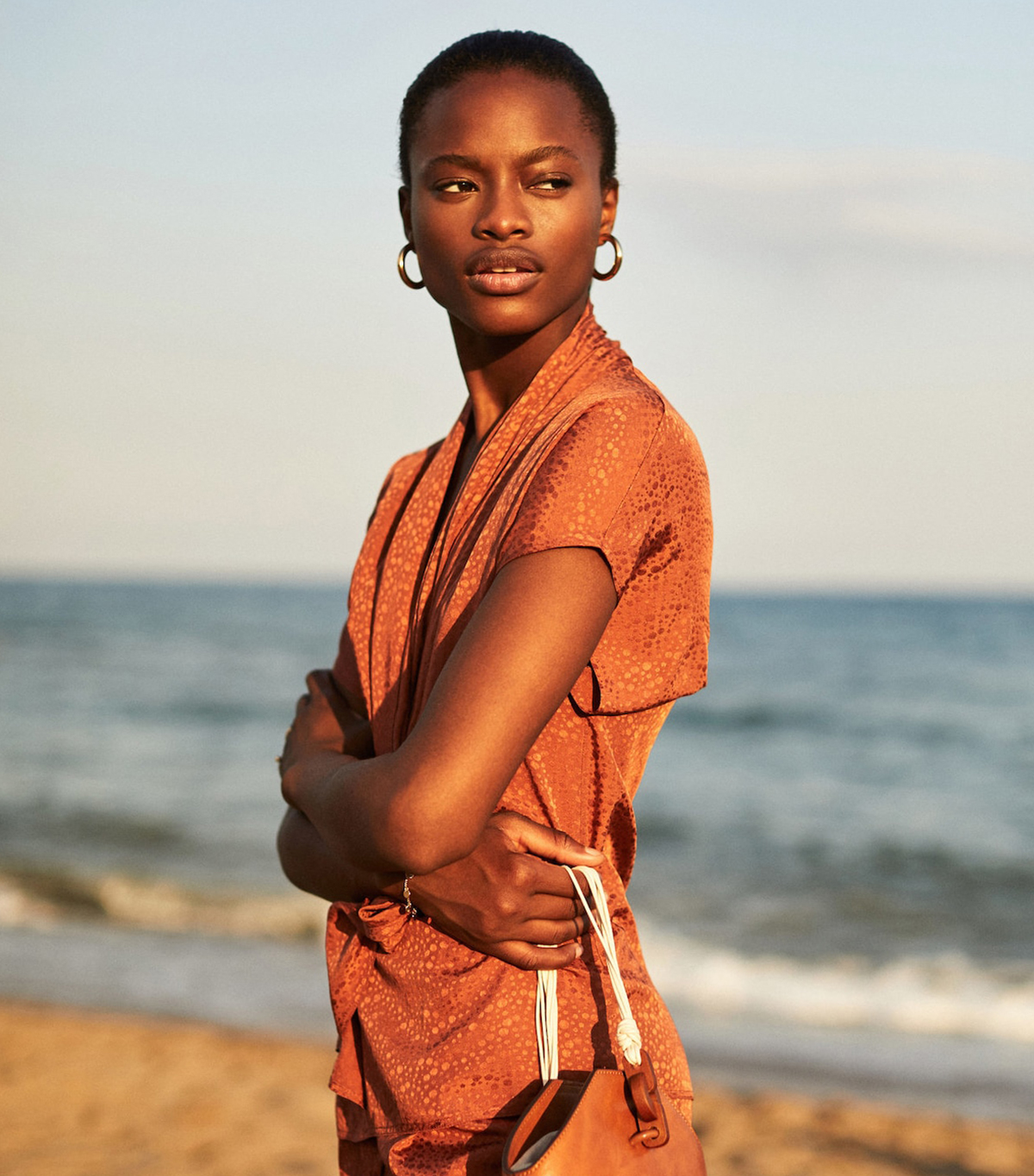The Top 7 Triggers for Migraines (and How to Avoid Them)

If you've never had a migraine, consider yourself blessed. But then again, if you've never had a migraine, you probably wouldn't be here now, would you? Just like if I'd never had a migraine, I probably wouldn't be the one writing this. But here we all are! One big, unhappy, frustrated migraine-suffering family. And yes, there are a lot of us.
According to current statistics and studies, onward and upward of 38 million Americans suffer from migraines with two to three million of those 38 categorized as "chronic" sufferers. The good news? 18% of women versus just 6% of men experience them. Oh, wait.
"A migraine is a chronic neurological disease characterized by recurrent attacks of moderate to severe head pain, often described as throbbing or pulsating and which worsens with activity," Susan Hutchinson, head specialist and medical advisor to Cirrus Healthcare, explains. And while they can vary and are usually unique to the sufferer, she cites additional common symptoms as nausea and/or vomiting and sensitivities to things like light, noise, and smells. Convenient, right? Or, if you're like me, you may be part of the 36% of sufferers who experience auras and the 44% whose vision changes or becomes compromised. Usually, these symptoms serve as a precursor or "warning" of the oncoming head pain, which will likely settle in roughly T-minus 30 minutes later.
But let's get to the root of the issue here and the topic in question: What causes them? Ahead we dig deeper into the condition itself and what the seven most common migraine triggers are. Plus, how to alleviate them. Keep scrolling.
Genetics May Play a Role

"Migraines are inherited as a genetic predisposition," says Hutchinson. "What is being inherited is a sensitive nervous system that is highly reactive to one's environment—both externally and internally."
But apparently, it doesn't just stop there. According to Hutchinson, if you're someone who is genetically predisposed to migraines, your specific environment will then impact said predisposition further—aka "epigenetics," which refers to the combination of genetics and environment (including one's lifestyle) and how it will affect the patterns, symptoms, etc., of someone's migraines.
External Triggers

Ah, what you came for! Because, alas, as much as we sometimes wish we could alter our DNA, we just can't. That being said, Hutchinson tells me there are ways to address a migraine head-on and even, perhaps, curtail the symptoms. (Or at least make them somewhat less debilitating.)
"Common triggers for migraines include stress, hormonal changes, lack of sleep/disrupted sleep, food additives/preservatives, changes in barometric pressure/weather changes, and exposure to bright light," lists Hutchinson. And the key, she says, is just trying to avoid them altogether. (Therefore it goes without saying how crucial it is to identify your personal triggers in the first place.)
For instance, if someone identifies barometric pressure changes as a trigger, they should a) try to avoid them and b) learn how to deal with it in a preventative way when they do inevitably, encounter the trigger. For the record, Hutchinson credits a specialized ear plug called MigraineX, which, when used in conjunction with the eponymously named app, can alert the individual when a change in barometric pressure is predicted. Cool, right?
"The earplugs contain a filter to minimize the change in pressure to the ear canal, which helps prevent a migraine attack," Hutchinson says. "It is possible to completely prevent migraines from occurring if an individual's triggers are correctly identified and then exposure to those triggers are avoided or minimized."
Treatment

According to Hutchinson, the best treatment options will largely depend on the individual. She cites an acute pharmacologic treatment such as triptan medication as sometimes helpful—sometimes reversing a person's symptoms in as little as one to two hours. On the other hand, shes says other migraine sufferers the aforementioned method of avoidance will be the most appropriate means of managing the condition.
"Nonpharmacologic approaches such as lying in a dark room with an ice pack can be helpful. Each migraine sufferer should, ideally, work with their healthcare provider to find the best treatment approach to meet one’s individual needs, which can change over time," Hutchinson notes.
"What someone should not do if they are experiencing a migraine is to ignore it hoping it will 'go away,'" she warns. Why? if ignored, migraines can quickly increase in severity—becoming more disabling and longer in duration (even up to 72 hours!). Just as she notes, the best thing you can do is to become aware of what worsens or triggers a migraine attack, and then work closely with your healthcare provider from there.
Next up: Everything you ever wanted to know about Botox and whether or not it can help treat headaches.
This article is provided for informational purposes only and is not intended to be used in the place of advice of your physician or other medical professionals. You should always consult with your doctor or healthcare provider first with any health-related questions.

Erin has been writing a mix of beauty and wellness content forBest Knockoff Luxury Clothing for over five years. Prior to that, she spent two and half years writing for Byrdie. She now calls Santa Monica home but grew up in Minnetonka, Minnesota, and studied writing, rhetoric, and communication at University of Wisconsin, La Crosse. She studied abroad in Galway, Ireland, and spent a summer in L.A. interning with the Byrdie andBest Knockoff Luxury Clothing family. After graduating from UW, she spent one year in San Francisco, where she worked as a writer for Pottery Barn Kids and PBteen before moving down to L.A. to begin her career as a beauty editor.